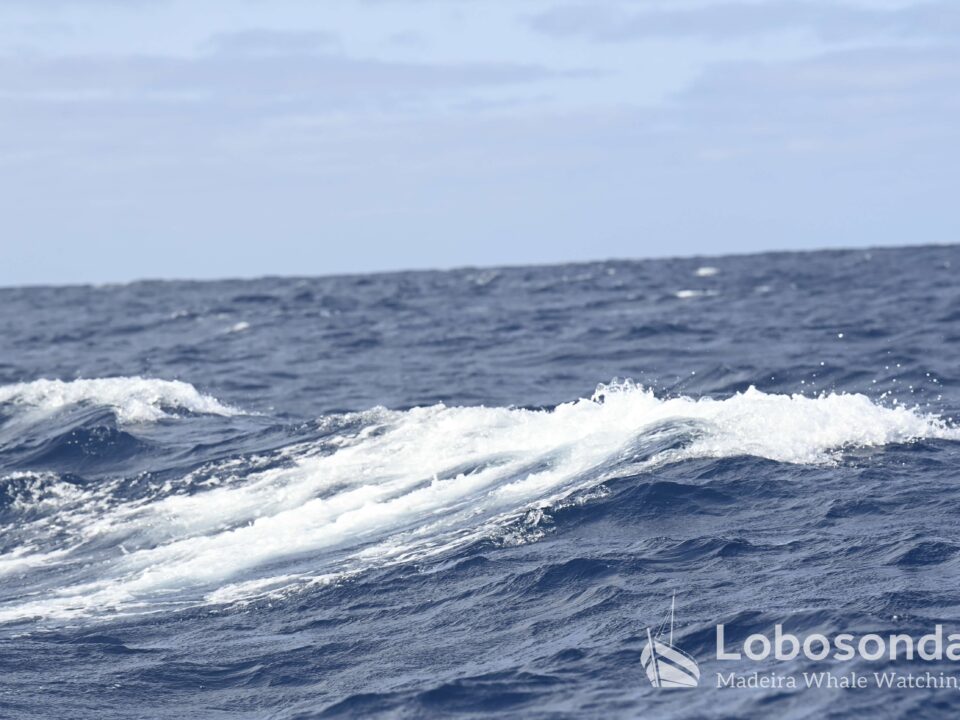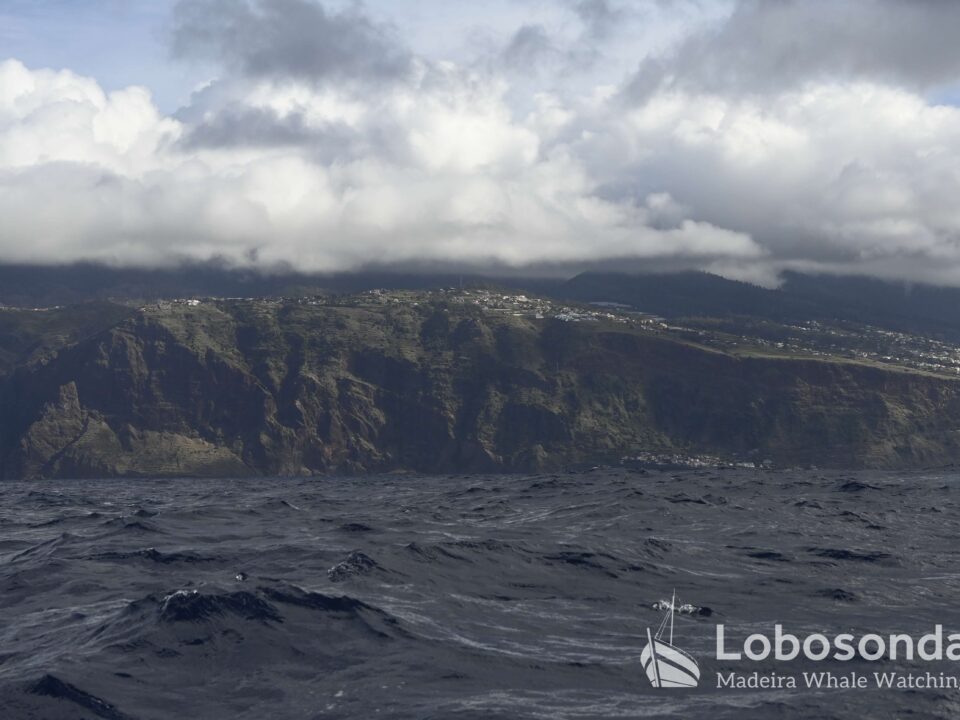
29.09.2017 – Carlos Eagle-Eyes
October 7, 2017
02.10.2017- Whalecome October!
October 10, 2017Before we get to our main topic, first a short summary of our sightings. Guests on both afternoon tours were lucky to observe four different kinds of cetaceans. Every species with its own temper. The Atlantic spotted dolphins ready to jump and surfing the bow-wave. Bottlenose dolphins were passing by on their way to the east. The baleenwhales were moving towards their prey (even we on board were able to smell fish. Whereas the Sperm whale (the one which Stenella saw) kept on resting at the surface, moving slow and maintaining his course.
Recently the question concerning the nearest living relatives of the whales popped up. Who lives on land, more precisely in Africa and possesses four short and bulky legs? Did you guess right? Yes, it’s the hippopotamus. The relationship between those two different groups can be proven via DNA analyses. It shows, that there was a common ancestor. A species of which some individuals started to conquer the shallow coastal areas. Those ancestors used the shallow waters as a new ecological niche, including new food sources.
Whilst the other part of the common ancestors remained on land from those, the hippopotamuses evolved. They belong – like giraffe, pig, goat and cow – to the order of cloven-hoofed animals.
by Astrid Haas
Sightings of the day:
Ribeira Brava
13.30: Tropical whales, bottlenose dolphins, atlantic spotted dolphins and spermwhales
Stenella
15.30: Tropical whales, bottlenose dolphins, atlantic spotted dolphins and spermwhale













